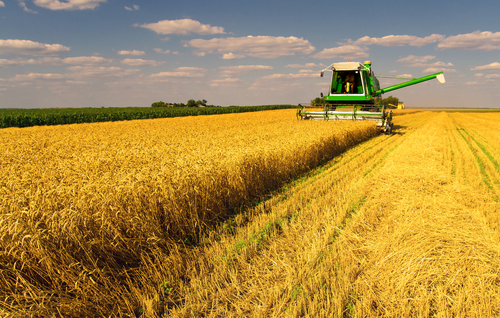 |
According to the National Agricultural Worker Survey (NAWS), by far, the majority of U.S. agricultural workers are disadvantaged, and have annual median incomes of $12,500 to $14,999. Add to that the fact that many do not speak English, may not even be literate in their own native tongue, and have limited access to health care and you have a recipe for disaster when it comes to workers using and being exposed to agricultural pesticides.
As a result, the WPS proposed rule seeks to strengthen requirements to protect workers and pesticide handlers by better informing them about risks and hazards, protecting them from occupational exposure, and mitigating harmful effects of unavoidable exposure and accidents. The proposed changes look not only at the safety of workers on the job but also aim to protect workers’ families from exposure to residual pesticides brought home by workers. Known diseases and health effects associated with agricultural pesticide exposure include:
- Non-Hodgkin’s lymphoma,
- Prostate cancer,
- Parkinson’s disease,
- Lung cancer,
- Bronchitis, and
- Asthma.
Due to the very high costs of treating these diseases, the EPA estimated that reducing their occurrence by just 1% of the worker population would “bridge the gap” between the costs of the new changes and the anticipated benefits.
Get free access for 14 days to 20 environmental training courses from TrainingToday. From asbestos awareness to stormwater pollution prevention, we’ve got you covered. Get access now.
So what are the major proposed changes vs. the old requirements? Here they are (except for training, which will be covered tomorrow):
Mandatory posting of No Entry signs. The use of certain pesticides prohibits entry by workers into areas where they have been applied. This is known as the Restricted-Entry Interval (REI), and posted No Entry signs would be required when the REI is greater than 48 hours. Currently, either posted or verbal notification for any length REI is allowed unless both are required on the pesticide label.
Minimum age for pesticide handlers. Pesticide handlers and early-entry workers must be a minimum of 16 years old. This does not apply to members of an owner’s immediate family. There is currently no minimum age requirement.
No-Entry buffer areas. To prevent exposure from pesticide fumes and over-spray, 25- to 100-foot buffer areas around application areas would be required for farms, forests, greenhouses, and nurseries. This requirement currently applies only to nurseries and greenhouses.
Adopt Occupational Safety and Health Administration (OSHA) respirator standards. This would include fit tests, medical evaluation, and training as well as recordkeeping. Current requirements include respirators and fit testing but not recordkeeping.
Add specific performance standard requirements for closed systems based on the California requirements to permit personal protective equipment (PPE) exceptions. This addition does not include the California requirement to use closed systems for certain types of pesticides. The current closed-system definition does not provide specific criteria for the PPE exception.
Get everything you need to understand and increase awareness of environmental management practices at your company. Request 14-day free access to 20 environmental training courses from TrainingToday.
Hazard Communications. Would require employers to maintain and make available application-specific information, labeling, and safety data sheets (SDSs) to workers, handlers, or their authorized representatives. Currently not required. Also removes the requirement to post application-specific information at a central display.
Early-entry worker notification. If a worker must enter an area while an REI is in effect, they must be notified of the pesticide application (what, when, and where), the pesticide label hazard information, the specific task to be performed, and the amount of time they are allowed to be in the treated area. Records of early-entry notifications would be kept and maintained for 2 years. Currently, workers are only provided label hazard information and recordkeeping is not required.
Definition of “immediate family.” The definition of “immediate family” would be expanded to more accurately reflect farm families exempted from the WPS. The current definition does not include grandparents, grandchildren, and in-laws.
